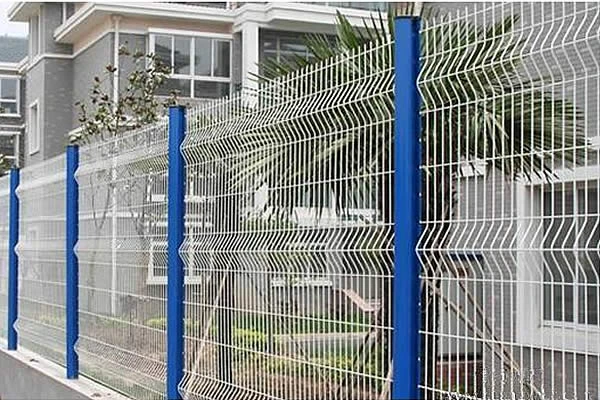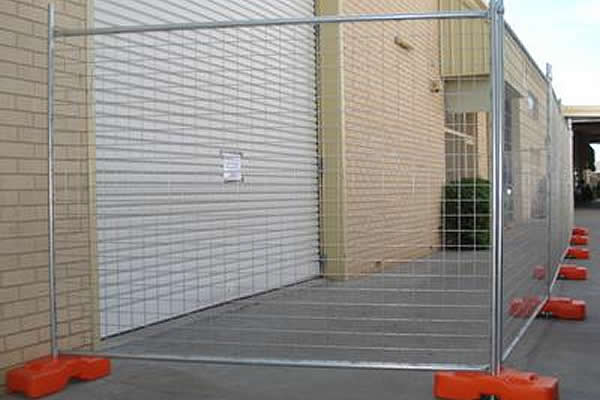Electric iron wire, an essential component in many household and industrial applications, deserves attention not only for its functional value but also for its significant role in ensuring safety and efficiency in various devices. Understanding its characteristics can greatly influence purchasing decisions and the effectiveness of its application.

Electric iron wire is predominantly utilized in heating elements of electric irons, given its exceptional thermal conductivity and ability to withstand high temperatures. When selecting electric iron wire, it’s crucial to recognize its composition. Typically, it's made from an alloy of nickel and chromium, known for its durability and resistance to oxidation at elevated temperatures. This composition not only prolongs the lifespan of the wire but also guarantees consistent performance under frequent thermal cycling conditions.
From an expert perspective, the sizing of electric iron wire is a fundamental aspect that influences its performance. The wire gauge, which determines its thickness, must be chosen based on the electrical load and the intended duration of use. A wire that is too thin may overheat and potentially pose a safety hazard, whereas one that is excessively thick might not heat efficiently, leading to energy wastage. Thus,
understanding the specific requirements of the application is essential.

Safety is paramount when dealing with electric iron wire, as improper use can lead to dangerous situations, such as electrical fires. It is authoritative to note the adherence to international safety standards, like the IEC (International Electrotechnical Commission) standards or those set by ANSI (American National Standards Institute). Ensuring that the wire is compliant with these benchmarks not only boosts consumer trust but also suggests reliability and safety in usage.
Trustworthiness is further enhanced through the lens of real-world applications and consumer feedback. Experienced users often emphasize the significance of proper insulation and secure connections when installing electric iron wires. Insulation material should be heat-resistant to prevent degradation that could expose the wire, leading to short circuits. Secure connections reduce the risk of arcing, a common issue that can occur when wires become loose over time.
electric iron wire
Manufacturers with a longstanding history of producing electric iron wire are generally more reliable. It’s advisable to observe technological advancements that improve wire characteristics, such as enhanced conductivity or increased thermal threshold, offering more efficient solutions in both domestic and industrial settings. Expertise further recommends choosing products from brands with positive reviews reflecting their commitment to quality and innovation.
In terms of maintenance, regularly checking the insulation integrity and connection tightness is crucial. This not only prolongs the operational life of the electric iron wire but also prevents potential accidents. Maintenance guidelines usually provided by manufacturers cover the optimal frequency and methods for inspection, ensuring safety and efficiency are consistently upheld.
Navigating the landscape of electric iron wire procurement and application requires a keen insight into its material properties, appropriate usage conditions, and safety standards. Professionals often attest that the synergy between choosing the right specifications and adhering to safety protocols guarantees not only the longevity of the wire but also a uninterrupted and efficient performance of the devices it powers. Such a comprehensive understanding is instrumental in achieving a balance between energy efficiency, user safety, and product reliability.
In conclusion, electric iron wire does not solely serve as a conduit of electricity within devices but stands as a cornerstone of efficiency and safety in numerous applications. Its specialized nature demands a nuanced understanding, blending hands-on experience with industry knowledge, ensuring that every element of its use is optimized to meet the highest standards of safety and performance.
 TEL:
+86-13102802206
TEL:
+86-13102802206
 Email:
fencenetting@china.com
Email:
fencenetting@china.com
 Language
Language
 TEL:
+86-13102802206
TEL:
+86-13102802206
 Email:
fencenetting@china.com
Email:
fencenetting@china.com
 Language
Language



